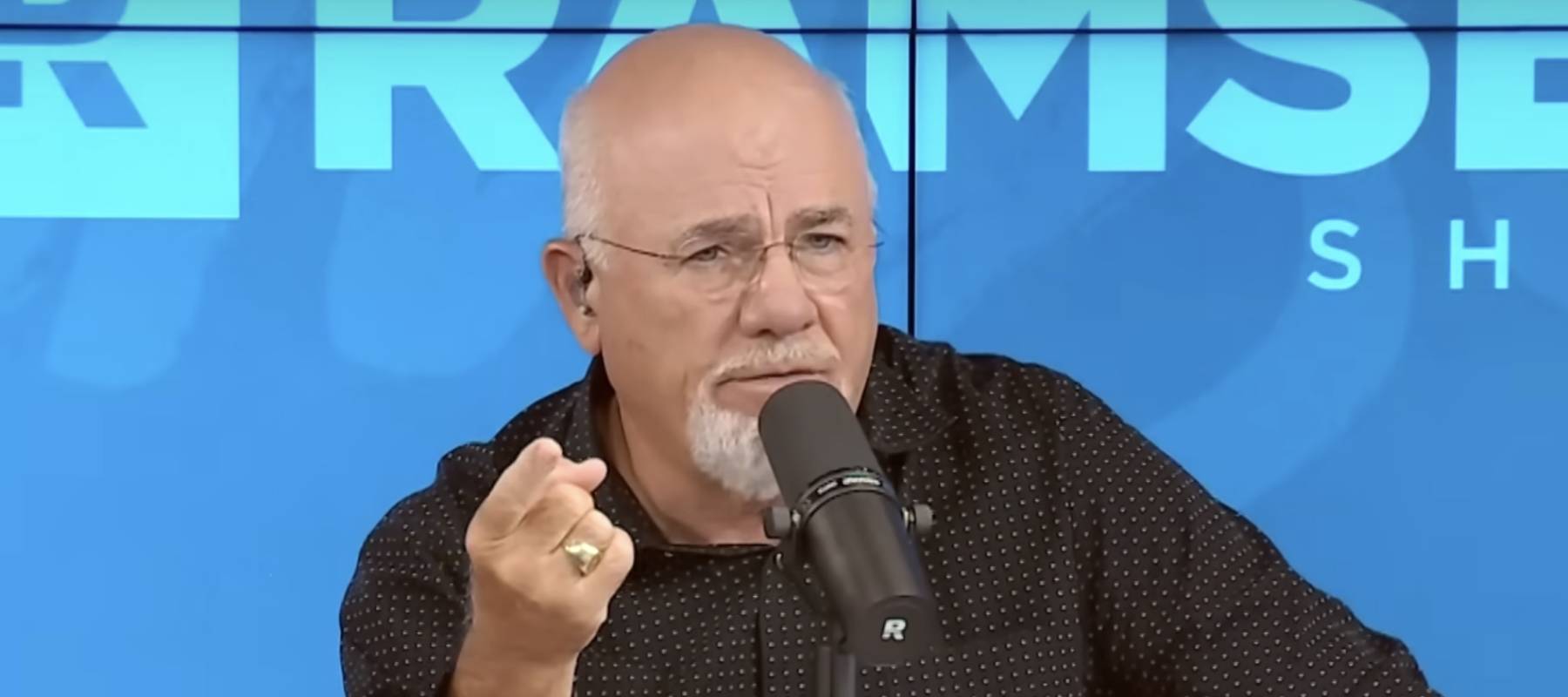
Best Roth IRA accounts
ZoFot / Shutterstock
Updated: January 02, 2024
We adhere to strict standards of editorial integrity to help you make decisions with confidence. Please be aware that some (or all) products and services linked in this article are from our sponsors.
We adhere to strict standards of editorial integrity to help you make decisions with confidence. Please be aware that some (or all) products and services linked in this article are from our sponsors.
A Roth IRA is a valuable financial account you can use to save on taxes while investing for retirement. Roth IRA accounts are funded with after-tax dollars. That means you pay regular income taxes on contributions and can withdraw in the future tax-free. If that sounds good to you, keep reading to learn how to invest in Roth IRA, where to open a Roth IRA, and how to get the best results in your Roth IRA.
1. Determine if you are eligible for a Roth IRA
While Roth IRA accounts are a great way to invest, particularly for investors with a decade or more until retirement, there are limits that restrict how much you can invest in a Roth. Income limits may further restrict your contribution limits and eligibility.
You can contribute $6,500 per year to a Roth IRA. If you are 50 or older, you can add an extra $1,000 per year for a total of $7,500 for 2023. You can’t contribute more than you earn in a year, although married couples filing jointly can share earnings to bring both spouses to the annual limit.
For 2023, if you earn more than $138,000 per year for single filers or $218,000 when married filing jointly, an income limit kicks in. Your contributions are restricted over those income limits and phase out completely at $151,500 when single or $228,000 when filing jointly. Here's our guide on Roth IRA contribution limits .
You are able to make contributions for the prior year until you file your taxes or the tax due date in April, whichever comes first. That means you can make contributions for 2022 until April 15, 2023. This deadline also applies to traditional IRA contributions, which are made with pre-tax dollars.
2. Review important details about the type of account you want
Every Roth IRA has a unique list of features and costs. Here are some top areas to think about:
- Recurring fees: It’s best to find an account with no recurring fees, no minimum balance requirements, and no fees for any activity you expect to perform on a regular basis.
- Trade commissions: 2019 saw the end of commissions for stock and ETF trades at most brokerages. Don’t pay for something you can get for free elsewhere!
- Advising fees: If you are getting help with your investments, from a human advisor or robo-advisor, it’s good to know exactly what you are paying. Clearly, lower fees are better than high ones.
- Investment choices: Some brokerage firms give you access to virtually every investment under the sun. Others feature a more limited menu. Make sure you can invest in what you want. Also consider the firm’s list of no-trade-fee mutual funds, if you plan on adding those to your portfolio.
3. Robo advisor or a DIY: what's the best Roth IRA method for you?
Self-directed accounts
In a self-directed account, you choose your investments and manage everything yourself. These accounts are best for people who are comfortable with investing for retirement and researching their own investment portfolios. It’s something anyone can do. It’s the cheapest way to invest. But it does take time and some level of comfort with investments.
Popular providers of do-it-yourself Roth IRA accounts include Fidelity, Vanguard and Ally Invest.
Robo-advisors
Robo-advisors, also called managed portfolios, are a type of investment account where your investments are all picked for you. When opening a new account, you’ll generally answer questions about your age, investment objectives, and risk tolerance. Based on your answers, the robo-advisor will assign a professionally designed portfolio, typically made up of low-cost ETFs. These accounts are better for people who are willing to pay a little more for peace of mind and professional investment guidance.
Popular robo-advisor Roth IRAs include Betterment, Ally Invest Robo Portfolios and Wealthfront portfolios.
4. Decide where to open the best Roth IRA account for you
While there are many Roth IRA account providers, all accounts are not created equally. The majority of accounts will fall into one of two types: self-directed accounts and robo-advisors.
Choosing a brokerage may be the hardest part of opening a Roth IRA. But that’s what we’re here for! There are many brokers with Roth IRA accounts. Here are some favorites that could be good for a wide range of investors:
5. Open your Roth IRA
Most U.S. citizens and legal residents with a Social Security number can open a Roth IRA account. The process of opening a new account is similar with most major brokerage firms.
- Pick your brokerage: The first step in opening a Roth IRA is deciding where you want it. Consider criteria like fees, available investments, research, advising, customer service, and other important factors to you.
- Complete the application: Most brokers allow you to complete the entire application online. You’ll need to supply your contact information and tax information to open a new account.
- Make your first contribution: Once your account is approved, set up a recurring contribution or make a one-time contribution to fund your account.
6. Set up your contribution schedule
A Roth IRA account allows most people to invest up to $6,500 per year in 2023. Some income limits apply. For those 50 and older, you can add an extra $1,000 “catch-up” contribution per year for a total of $7,500.
The easiest way to fund a Roth IRA is with automatic contributions every payday. To reach the maximum $6,500 per year, you would need to put away $541.66 per month. On a bi-weekly payday schedule with 26 paydays per year, you would need to save about $250 every payday to reach the max. With a twice-per-month schedule, you would need to save $270.83 per paycheck.
Many employers allow you to split your direct deposit between multiple accounts. If you fund your Roth IRA directly on payday, you’ll never be tempted to spend elsewhere. You can also set up recurring contributions to match your pay schedule or any other schedule you choose in your Roth IRA online management or your current bank’s online banking system.
7. Make your investment choices
Once you get cash flowing into your account, you have to invest it. Most investment accounts offer very little growth if any if you don’t invest your cash. Outside a robo-advisor or managed brokerage account, you will need to pick your own investments and manage your own fund selection.
Roth IRAs are best for people with a long time before retirement. Many experts suggest investing IRA funds in low-cost index funds. These investments tend to perform well over a long horizon and don’t charge as much as active funds. Target date funds are another popular investment vehicle for retirement accounts.
Ultimately, how you invest is up to you. You have the right to pick an active investment strategy or a passive one. There is no right or wronger answer for everyone. Just make sure you understand what you’re investing in and why before clicking the buy button.
Master your retirement savings with a Roth IRA
If you are new to investments, you’ve come to the right place. A Roth IRA is a great place to start investing on your own. But newbies and seasoned investors alike should take advantage of a traditional or Roth IRA if they are eligible and able to contribute.
For more on choosing the right investment strategy for your unique retirement goals, read more about retirement investing here.





